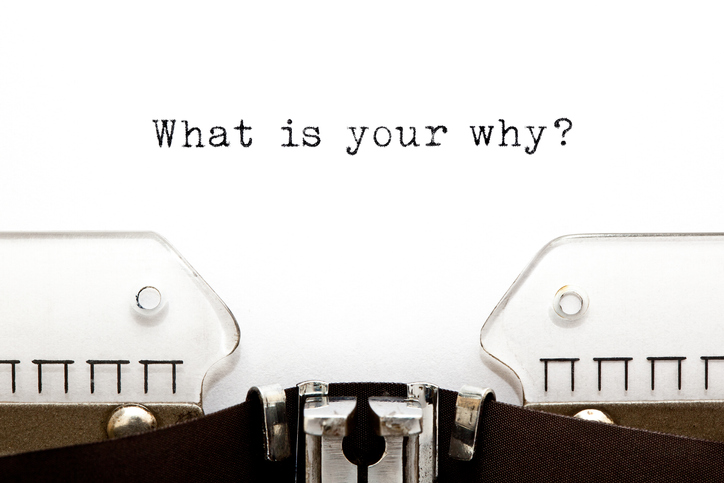Each new year, many Americans resolve to change something that will help improve their lives in some way. These well-intentioned resolutions start out positive enough. “I want to spend more quality time with my kids,” “I want to lose weight,” I want to be a better leader….” And the list goes on. You’ve all heard it in January; and then we don’t really hear about the resolution again…until maybe the following year.
Motivation and Resolutions
The case for people’s desire and struggle for change is shown through a simple search on Google.
- “Motivate me” showed 6 million+ results,
- “New year’s resolution” showed 25 million+ results
- “Change habits” showed 149 million results and
- “I hate resolutions” showed 206 million results
So what does this mean? We want to make changes and improve our life, even create new habits. We just hate the concept of making a grand unilateral resolve to do it. Why? Because change is hard and we usually make it worse by making our goals too lofty and setting our standards at “perfection or bust.” Even if we set proper goals that are SMART goals (Specific, Measurable, Achievable, Realistic and Tied to a Timetable), many people are challenged with following up on the goal throughout the year.
The First Step: Start or Stop
If you want to change something in your life, you have to make a plan to start or stop doing something for 30 days. I am not preaching this because of Google engineer Mat Cutts’ TED talk (which is a great supplement to this article). I’m saying this because I have personally benefited from this model. I was first inspired when I learned that during Lent, Catholics give something up for 40 days. I thought this was a brilliant idea and asked my husband if he wanted to give up meat for 40 days, thinking he would scoff at the idea and perhaps thinking I might not have to re-learn how to cook with just vegetables.
He loved the idea and 40 days later, it was me who did not want to go back to meat. My cravings had been curbed, I had learned how to cook with vegetables and it was going to improve my genetically-elevated cholesterol levels (which are now out of the danger zone).
Making it Stick for 30 days
So rather than using big broad resolutions, here’s how the first few broad resolutions can be turned into specific 30-day habit-changers:
- Rather than resolving to spend more quality time with your kids (broad resolution) — you could commit to spending two hours a day with your children that is uninterrupted by checking your email or PDA (specific).
- Rather than saying you want to lose weight, you could commit to not drinking beer (if you are consistently at a place where everybody knows your name) or having salad for lunch every day for a week (start with small goals!).
- If you want to be a better leader, you can decide to thank one employee each day for his or her contributions.
Five Steps to Changing your Habits
- Identify the issue and how it manifests itself.
- Ask yourself the following three questions: What would happen if you could improve this issue? How would you feel? What would be different at home or work?
- Write out what you need to start or stop doing for 30 days to create a new habit.
- Identify what you have to change in your external environment or daily life to create this new habit.
- Find at least one person who will support you with this habit change.
Here is an example:
- Identify the issue and how it manifests itself.
I want to improve my leadership style by becoming less stressed out at work. When I’m stressed out, people avoid me and I hurt employees’ feelings. - Ask yourself the following three questions: What would happen if you could improve this issue? How would you feel? What would be different at home or work?
If I could improve this, I would feel more in control and relaxed. My employees would not be so afraid to approach me and I could be more fun and spontaneous with my spouse and children. - Write out what you need to start or stop doing for 30 days to create a new habit. I could do a power walk for 30 minutes each morning because I’ve noticed when I exercise, I feel better all around.
- Identify what you have to change in your external environment or daily life to create this new habit. I would have to wake up 40 minutes earlier to do this, counting the time to change and take a swig of coffee.
- Find at least one person who will support you with this habit change.
I can ask my spouse to check in with me.
The hardest part of the 30-day goal is just starting it. There will be days when you want to skip it, but once you start seeing results (happier kids, a fitter physique, a more productive and engaged team) you’ll not only want to continue your goal, you’ll become interested in starting new ones.
In the words of Vince Lombardi , “The difference between a successful person and others is not a lack of strength, not a lack of knowledge, but rather a lack of will.” You can succeed at reaching your goals if you have the will to achieve them.




